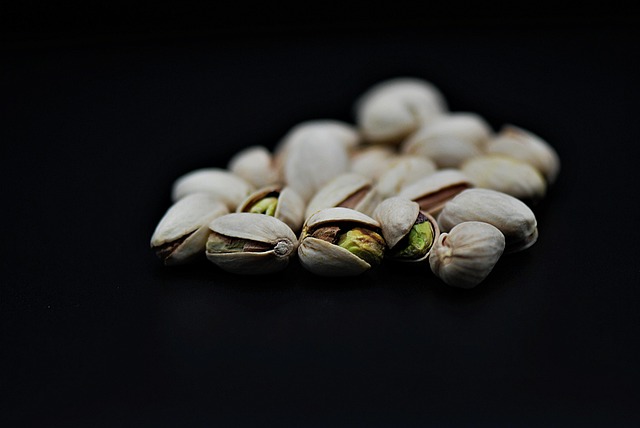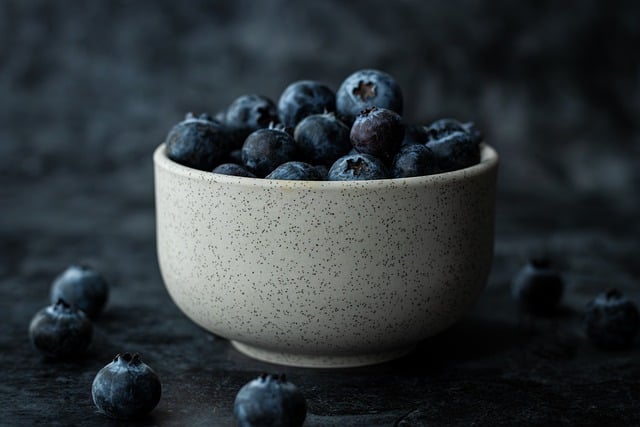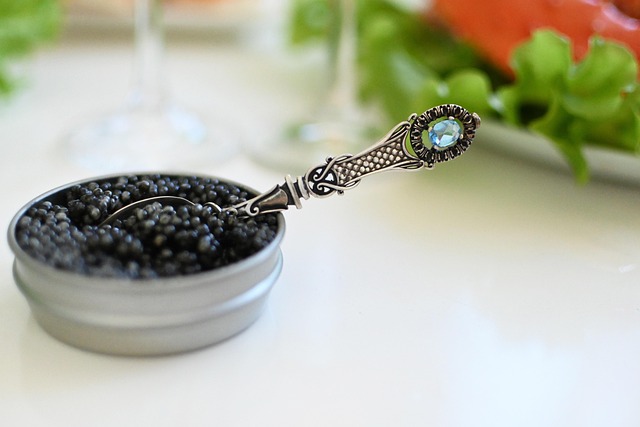
“5 Must-Have Cutting Board Tips for Every Home Chef”
5 Must-Have Cutting Board Tips for Every Home Chef
A cutting board is more than just a kitchen tool; it’s a canvas for culinary creativity and a foundation for food safety. Every home chef, no matter their experience level, can elevate their cooking game with the right techniques and care for this essential item. Here are five must-have tips to make the most of your cutting board.
1. Choose the Right Material
Your cutting board material matters significantly. The three primary options are wood, plastic, and bamboo. Wooden boards are gentle on your knives and offer a classic appeal, while plastic boards are easy to clean and can be sanitized, which is crucial for preventing cross-contamination. Bamboo boards are eco-friendly and lightweight. Depending on your cooking style, choose a material that suits your needs best.
2. Keep It Clean
To maintain your health and the quality of your food, it’s essential to keep your cutting board clean. After each use, wash it with hot, soapy water, and avoid soaking wooden boards as this can cause warping. For deeper cleaning, especially after cutting raw meat, consider using a mixture of vinegar and water or a food-safe disinfectant. Regular maintenance not only prevents bacteria buildup but also enhances the longevity of your cutting board.
3. Season Your Wooden Boards
If you opt for a wooden cutting board, don’t forget to season it! Periodically applying food-grade mineral oil or beeswax helps to protect the wood from moisture and keeps it looking fresh. This simple habit not only preserves the integrity of your board but also prevents it from cracking or absorbing food odors.
4. Use Separate Boards for Different Uses
To prevent cross-contamination, it’s advisable to use separate cutting boards for different types of food. Designate one board for raw meat, one for vegetables, and another for fruits. This practice is not only beneficial for food safety but also helps maintain the flavors and integrity of your ingredients.
5. Consider Size and Weight
The size and weight of your cutting board can significantly impact your cooking experience. A larger board often provides more workspace, making it easier to chop and prep multiple ingredients at once. However, a heavy board may not be as portable or easy to store. Choose a size that fits your kitchen layout and your cooking habits, ensuring it’s both functional and convenient for your needs.
By incorporating these cutting board tips into your kitchen routine, you’ll not only enhance your cooking skills but also ensure a safer, more enjoyable food preparation experience. Happy chopping!


